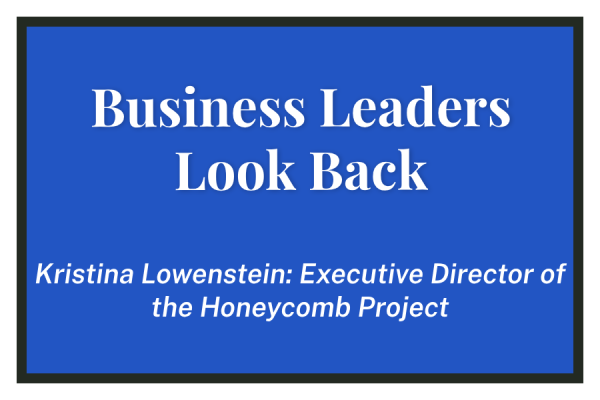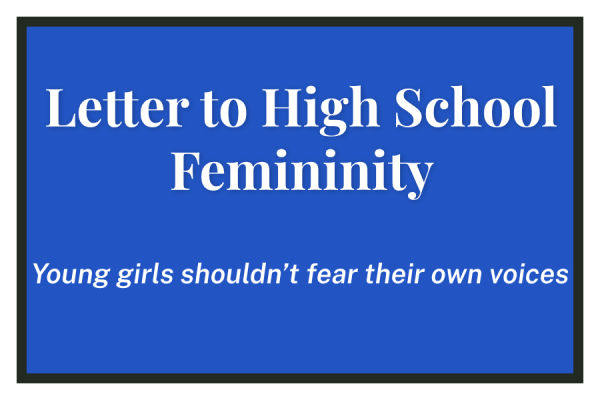Write Like A Girl, Issue 7
Symbols of a Movement
Here at Parker, we love to talk about combating social injustice. We attend events to raise awareness and hang up posters declaring our support. Those actions are certainly valuable, for they force us to confront our reality and discuss it openly. However, we often fail to follow up on the promises we make during those conversations. We speak of creating a more just community, yet do nothing to actually make it more just.
I am reminded of these empty promises when I think of the Parker community’s relationship with the Women’s March. Many students headed out on a recent Saturday to join crowds of feminists protesting the culture of sexism. They marched up and down downtown Chicago for a few hours, and then many of them took to social media to document their activism.
I am certainly guilty of this social media brand of activism. I have photos of myself marching downtown at some protest or other. I probably posted them at least partially because I thought they looked nice with my feed, not just to raise awareness.
There’s nothing intrinsically wrong with posting about social justice on social media, and certainly many of the people who did this were genuinely attempting to raise support for their cause. But it seems to me that sometimes these posts are used to brag about being socially aware, even as they indicate no actual investment in changing anything unjust.
I saw a similar thing happen most recently at the Golden Globes, when many celebrities chose to don black as a protest against, most broadly, sexual harassment in Hollywood. This choice seems heroic at first — choosing to display your objection so publicly. And yet, in reality, what change did it bring?
The public was already aware of the rampant sexual abuse in Hollywood, or at least the Golden Globes audience was. No one was exposing the hidden underbelly of the film industry — it had already been exposed by the dozens upon dozens of women who’d reported concrete instances of harassment.
The wearing of black was a store-bought badge of honor. Anyone could do it, and it didn’t actually prove anything by being done. It was used by celebrities to identify themselves as “good” and “just” without their actually having to take any steps towards genuinely resolving the issue at hand.
Certainly, some of these celebrities concurrently engaged in active efforts to prevent sexism in Hollywood by donating to charities like Times Up, but many did not. Too many paraded around in their expensive black gowns and tuxedos for one night, only to return to set the next day and film a scene with a known sexual abuser.
These celebrities get the best of both worlds. They benefit from the adoration of a public that wants justice, while simultaneously profiting from the sexual abuse they claim to protest.
There is no sacrifice in wearing black to the Golden Globes, only gain — celebrities who do so are applauded for their protest and given more air time. No one will publicly reprimand these celebrities for their outfit choice as it is – for the most part – considered taboo to encourage sexual harassment. And besides, half of these celebrities were going to wear black anyways.
Publicizing social justice is important when it gets more people involved in the cause, and when it’s paired with action. Too often, however, we get caught up in showing off our commitment to justice, and we forget to actually do anything. I think Parker and its students would do well to remember this and remind ourselves to take steps towards change, not just talk about them.












